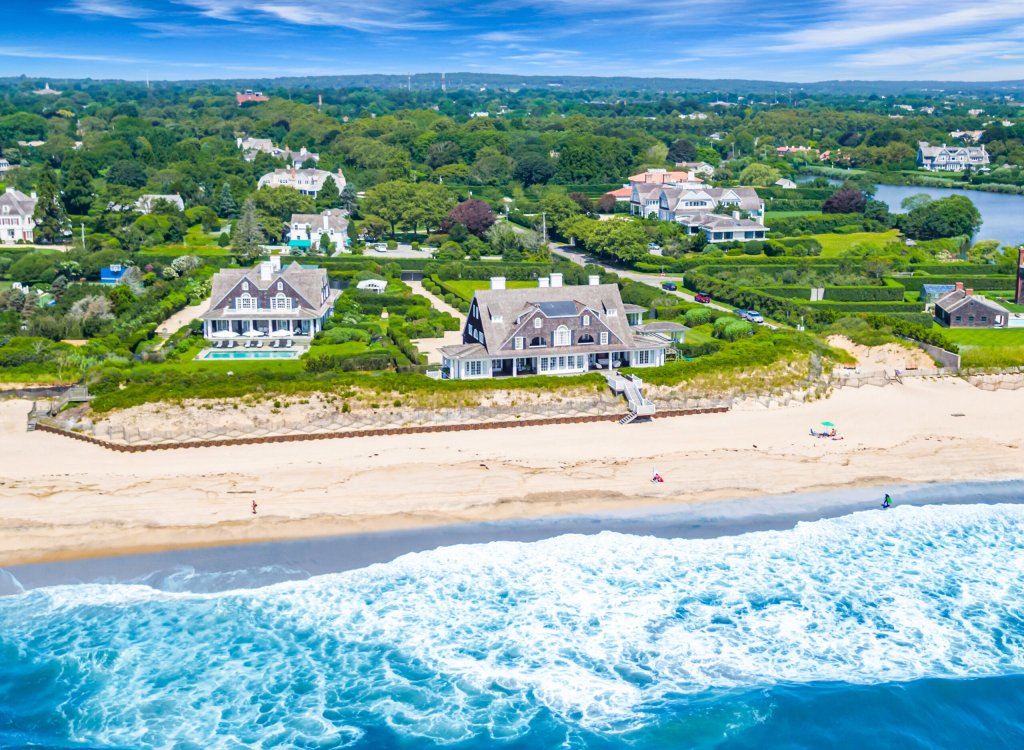The End of Sand Land

When the Suffolk County Department of Health Services announced last week that a study had found “significant adverse impacts” on the groundwater from mulching operations at the Sand Land site in Noyac, it was hardly surprising. Earlier this year, the Noyac Civic Council, working with the Citizens Campaign for the Environment and the Group for the East End, had obtained the results of the water tests, which showed highly elevated levels of manganese and other contaminants in the groundwater at the 50-acre site.
Now the county, which seems to be moving at a very deliberate pace in the matter, wants to continue testing private wells surrounding the site to determine if the contamination has spread. In a bit of mealy-mouthed bureaucratese, it has recommended that “responsible state and local agencies with jurisdiction over activities conducted at the facility should ensure that activities are in compliance with all applicable codes, ordinances, and permit requirements and that the activities at the site do not further impact groundwater quality.”
What the county should be saying is that it has found the smoking gun and it is time to shut the facility down, remove the mulched vegetative waste, which is likely the main culprit of the pollution, and reclaim the site. Failure to act will only mean that the sole-source aquifer on which we all depend for our drinking water will eventually become tainted, and that is simply unacceptable.
The time has come for both the state Department of Environmental Conservation, which has been slowly reviewing Sand Land’s request for an extension of its sand mining permit and Southampton Town, which has been pursuing alleged zoning violations at the site, to get tough.
Shutting down an operation like Sand Land, which processes the mountains of grass and hedge trimmings, leaves, and other vegetative waste collected from lawns and gardens across the East End, will have some painful side effects for those of us who have been conditioned to believe that a perfectly manicured and green lawn, with nary a twig nor leaf on the ground, is a necessity. Perhaps we’ll have to begin to change our way of thinking and — God forbid! — compost our own leaves and brush.



